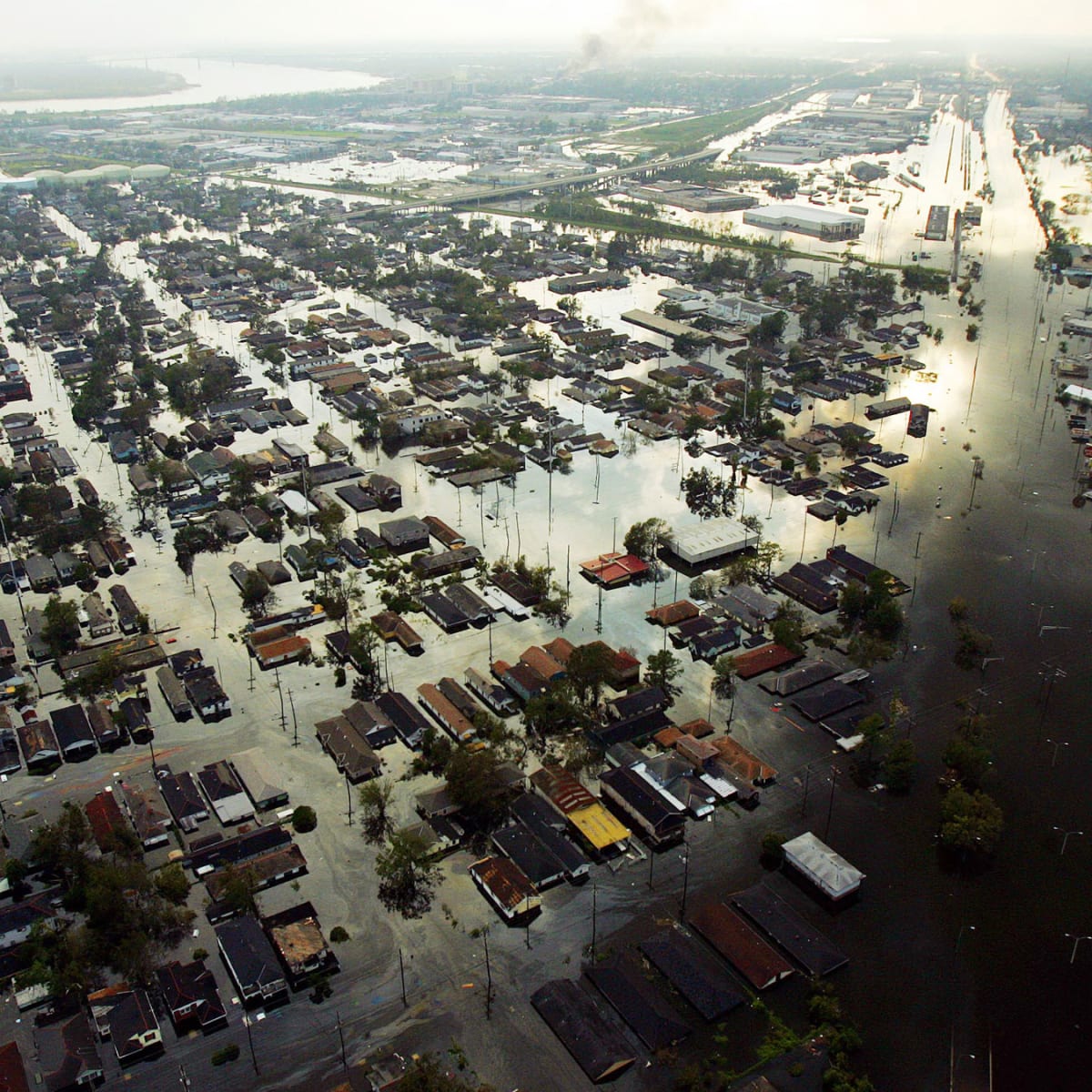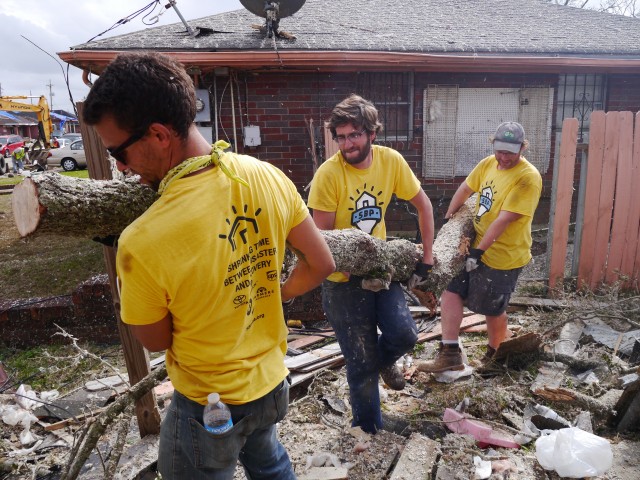By: Molly Widoff, Raif Harris, and Yuxuan Zhang
Besides being known for Mardi Gras and Bourbon Street, the city of New Orleans is known for the many hurricanes that it has experienced, such as Hurricane Katrina and Hurricane Ida. Although the immediate impact of hurricanes is important to address, people often forget how hurricanes like Katrina continue to impact the citizens of New Orleans long after they have passed. Disasters like Hurricane Ida are not going to stop anytime soon. One of the many implications of climate change is that it will make natural disasters more prominent, more frequent, and more severe.

Human activity has led to an increase in CO2 in the atmosphere. CO2 in the atmosphere has increased from 280 parts per million in 1750 to 368 parts per million in 2000. This is the highest level in the last 420,000 years, as described by Maarten Aalst. The increase in greenhouse gas emissions breaks down the Earth’s ozone layers and more ultraviolet light from the Sun can enter the Earth’s atmosphere. The main side effect of this increase in sun exposure is the warming of the Earth. As the Earth warms, sea levels rise as nordic ice sheets melt. Sea levels rise and oceans run warmer, creating a perfect storm for hurricanes.

New Orleans following Hurricane Katrina (2005)
As natural disasters like hurricanes become more frequent, New Orleans citizens are continually concerned about the state of their homes. The Saint Bernard Project is a non-profit organization that aims to tackle this problem. The founders of the Saint Bernard Project started the organization when they came down to New Orleans from Washington, D.C. after Hurricane Katrina to volunteer and help with the damage. What they found was that there was a lack of organizations specifically set up to provide disaster relief in New Orleans and to rebuild homes from the damage. Since 2005, the Saint Bernard Project has grown exponentially and now spans across the United States, even expanding its efforts to Puerto Rico. Volunteers are incredibly important to what the Saint Bernard Project does. Volunteers can sign up to repair the home of someone who has been impacted by a natural disaster and to reinstall infrastructure that will withstand the next storm. Some classes at Tulane University work with the Saint Bernard Project as part of their service learning curriculum. Student Molly Widoff recalls her experience volunteering with the Saint Bernard Project. “It made me feel more connected to New Orleans to be able to rebuild the home of a man who has lived here his whole life.”

SBP workers remove debris following New Orleans storm.
One of the special projects that Tulane students have gotten to be a part of was building disaster-resistant furniture like cabinets and drawers. Student Raif Harris says, “Building equipment that will help homes to survive future disasters is such a great cause.” Any person who has spent time in New Orleans knows that the people who love it want to stay forever, even if that means weathering storms. The Saint Bernard Project is doing incredible work to make sure that people around the country can continue living comfortably in the communities that they love.
More information about SBP can be found here.
This piece was edited by Evan Price as part of Professor Kelley Crawford’s Digital Civic Engagement course at Tulane University.
 NOLAbeings Multimedia artist Claire Bangser created NOLAbeings as a portrait-based story project that marries...
NOLAbeings Multimedia artist Claire Bangser created NOLAbeings as a portrait-based story project that marries...  Voodoo in New Orleans: Reviving history: New Orleans fortune telling This article takes a deep dive into the history of Voodoo in New Orleans, its hybridization with Catholicism, and its present-day place in the city's culture. The author visits fortune-tellers in the French Quarter, using their guidance as a tool for introspection rather than a deterministic predictor of the future. Through her experiences in New Orleans, the author feels a mystical connection to both the past and the future.
Voodoo in New Orleans: Reviving history: New Orleans fortune telling This article takes a deep dive into the history of Voodoo in New Orleans, its hybridization with Catholicism, and its present-day place in the city's culture. The author visits fortune-tellers in the French Quarter, using their guidance as a tool for introspection rather than a deterministic predictor of the future. Through her experiences in New Orleans, the author feels a mystical connection to both the past and the future. 